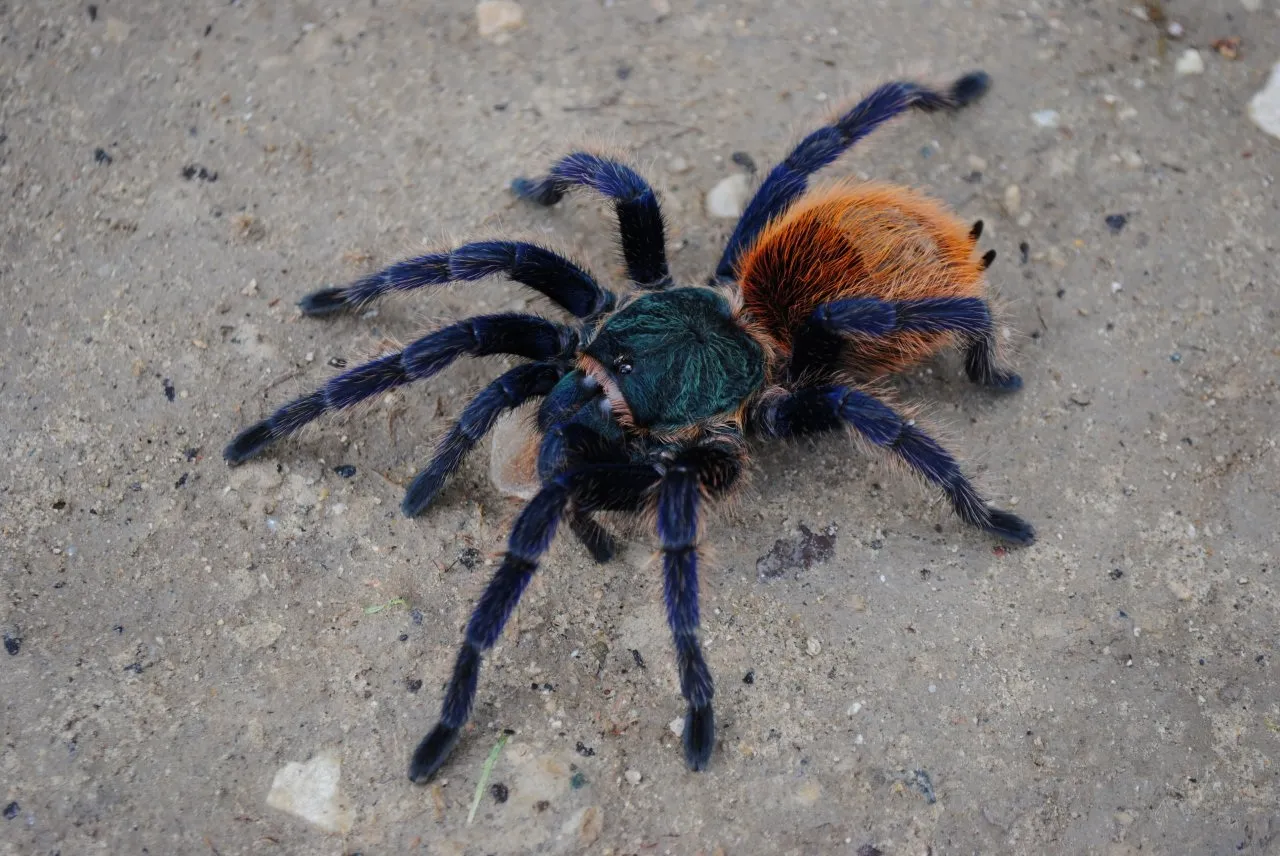Gooty Sapphire Tarantulas What You Need to Know
The Gooty Sapphire Tarantula (Poecilotheria metallica) is a stunning arboreal species, highly sought after for its striking blue and metallic coloration. Native to a small region of Andhra Pradesh, India, they are a fascinating and rewarding species to keep, especially for experienced keepers interested in breeding. Breeding these tarantulas, while not overly complex, requires careful planning, specific environmental controls, and a good understanding of their natural behaviors. Their care and breeding presents a unique challenge and opportunity within the tarantula hobby. This guide will walk you through the essential steps to successfully breed these beautiful creatures, offering insights that increase the chances of producing healthy offspring and contributing to the conservation of this species in captivity.
Ideal Conditions for Breeding
Creating the perfect breeding environment is the first step to successful Gooty Sapphire tarantula breeding. These conditions mimic their natural habitat, which can trigger the behaviors needed for mating and successful reproduction. The most important aspects to consider are temperature, humidity, and the enclosure setup. Consistent and stable conditions are key. Fluctuations can stress the tarantulas, potentially hindering the breeding process. Regular monitoring and adjustments are essential throughout the process.
Temperature and Humidity Levels
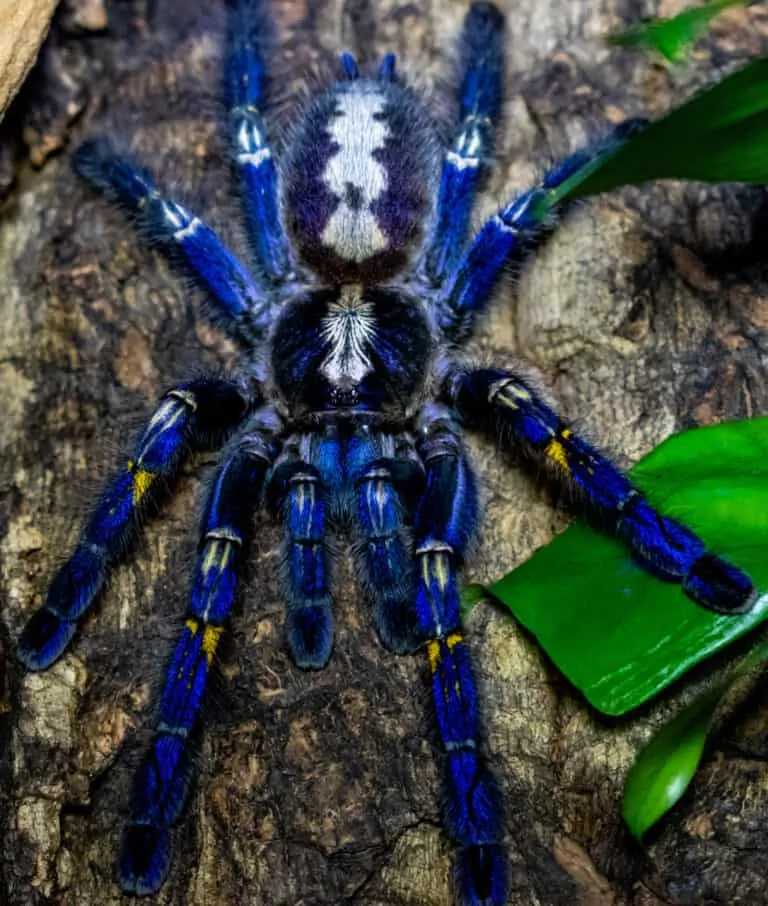
Gooty Sapphires thrive in a warm and humid environment. Maintain a temperature range of 75-85°F (24-29°C) during the day, with a slight drop at night. Humidity should be kept at around 65-75%, which can be achieved by misting the enclosure regularly, typically every other day, or as needed to maintain the desired level. Use a hygrometer to monitor humidity levels accurately. Consistent temperature and humidity are critical for the tarantulas’ health and reproduction. Deviations from these parameters can negatively affect their well-being and willingness to breed.
Maintaining the Right Environment
To maintain the correct environment, invest in a reliable thermometer and hygrometer. These tools will help you monitor the conditions inside the enclosure. Regular misting with dechlorinated water is essential to maintain humidity, but avoid over-misting, which can lead to mold growth. Proper ventilation is equally important. Ensure the enclosure has adequate airflow to prevent stagnant air and mold. Air circulation also helps regulate humidity. Consider using a substrate that retains moisture well, such as a mix of coconut fiber and peat moss.
Proper Enclosure Setup
The enclosure should be tall rather than wide, reflecting their arboreal nature. Provide plenty of vertical climbing space with cork bark, branches, and artificial plants. These not only give the tarantula places to climb and hide but also help regulate humidity by providing surfaces for condensation. The enclosure should be large enough to accommodate both the male and female during and after mating, typically at least 12x12x18 inches or larger for adults. Ensure the enclosure has a secure top to prevent escapes. The substrate should be several inches deep to allow for burrowing if the tarantula desires.
Choosing Your Breeding Pair
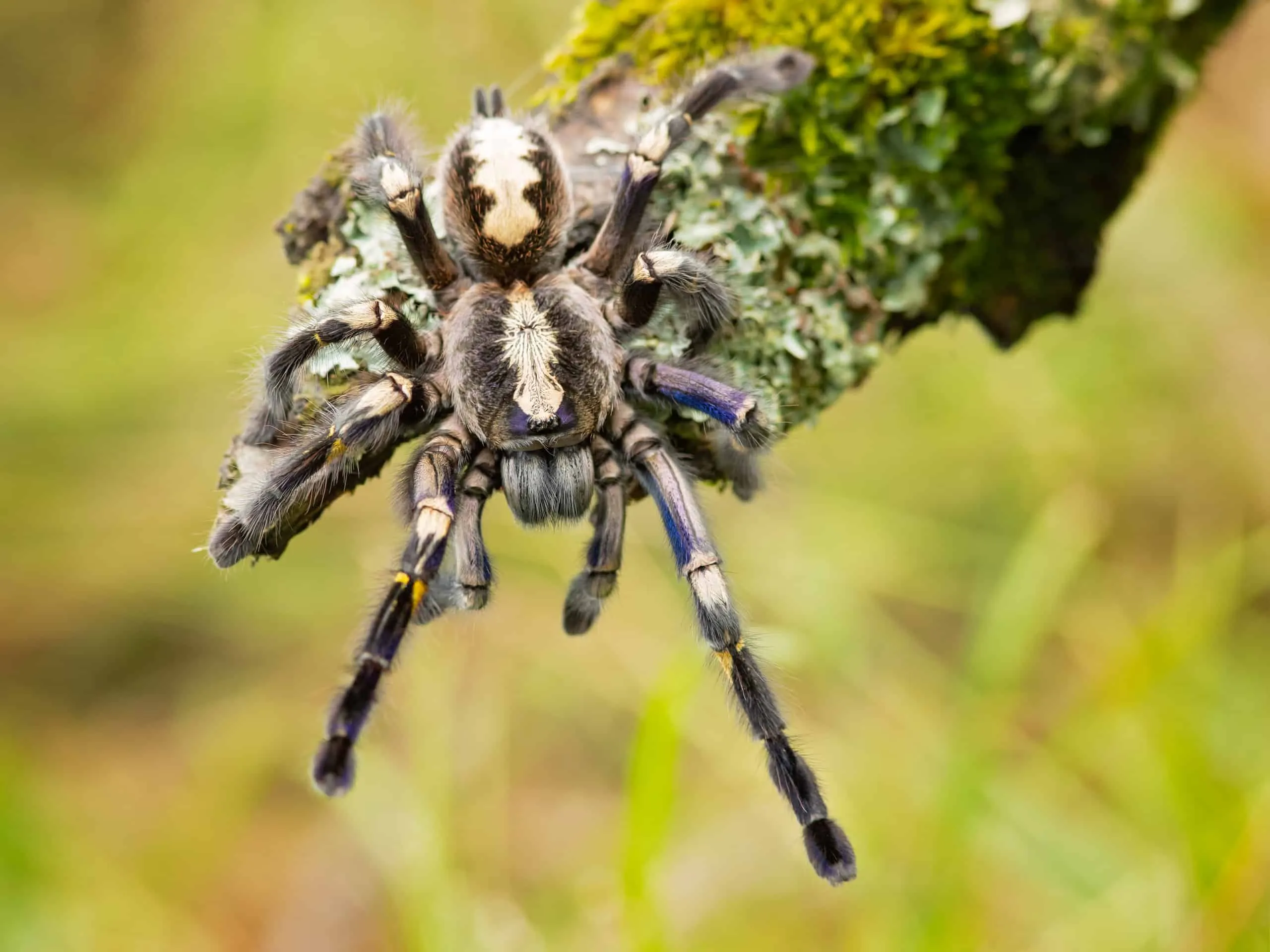
Selecting a suitable breeding pair is crucial to the success of your breeding endeavor. The health, age, and maturity of both the male and female significantly impact the chances of successful mating and the production of viable offspring. Thoroughly research potential breeders, and source your tarantulas from reputable breeders. This reduces the risk of getting unhealthy specimens, which can fail to reproduce. Observing the tarantulas’ behaviors can provide insights into their health and readiness for breeding. A healthy female will eat readily and display normal behaviors, while a healthy male will be active and interested in mating.
Selecting a Mature Female
The female should be sexually mature, which usually occurs between 2-4 years of age. Look for a female that has molted at least once after reaching maturity. A mature female will have a fully developed spermatheca, the organ used to store sperm. You can often identify this by the presence of a small, waxy-looking area on her epigastric furrow (underside). A well-fed female is more likely to produce a healthy egg sac. Feed her regularly with appropriately sized prey items, such as crickets or roaches, in the weeks leading up to the breeding attempt.
Identifying a Mature Male
A male Gooty Sapphire must be sexually mature, identifiable by the presence of “boxing gloves” or tibial hooks on his front legs. These hooks are used to hold the female’s fangs during mating to prevent him from being attacked. Mature males often become restless and begin webbing, constructing a sperm web. The male deposits his sperm onto this web and then loads it into his pedipalps. This process indicates he is ready to mate. Male maturity is usually achieved between 1-2 years of age. Ensure the male is healthy and has recently molted to ensure successful sperm loading.
The Breeding Process
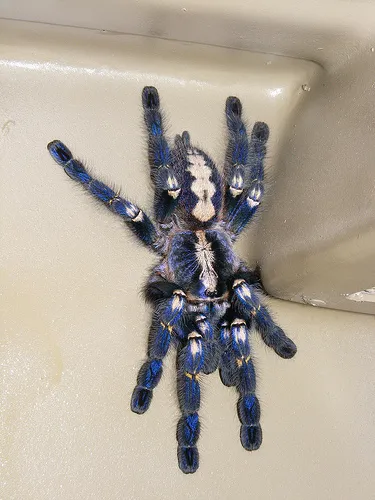
The breeding process involves several careful steps, from introducing the tarantulas to monitoring their behavior throughout the mating ritual. Observe the pair closely to ensure the safety of both the male and female. The keeper’s role is to facilitate a safe environment and monitor the tarantulas’ behavior closely to intervene if necessary. Patience and careful observation are key during this process. Keep a detailed log of the breeding attempt, including the dates of introduction, mating, and egg sac production. This record-keeping will help in future breeding attempts.
Introducing the Tarantulas
Introduce the male to the female’s enclosure, preferably when the female is well-fed. It’s advisable to introduce the male into the female’s enclosure, as this allows the female to be in a familiar environment. Be ready to intervene if the female shows aggression toward the male. Carefully observe their initial interactions. Some females may be receptive immediately, while others may require more time. Supervise the interaction to ensure the safety of the male, as the female may attack if she is not receptive. The introduction should ideally take place at dusk or night.
The Mating Ritual
During the mating ritual, the male will approach the female and begin to drum or tap on the substrate, a behavior to attract her attention. If the female is receptive, she will allow the male to approach. The male will then use his tibial hooks to secure the female’s fangs while he inserts his pedipalps to deposit the sperm. The entire mating process can last from a few minutes to an hour. After mating, the male should be removed from the enclosure immediately to avoid being cannibalized. Closely monitor the female after mating, as she may be more aggressive after the encounter. The female will begin to produce an egg sac a few weeks to months later, depending on various factors such as her age and health.
Post-Mating Care
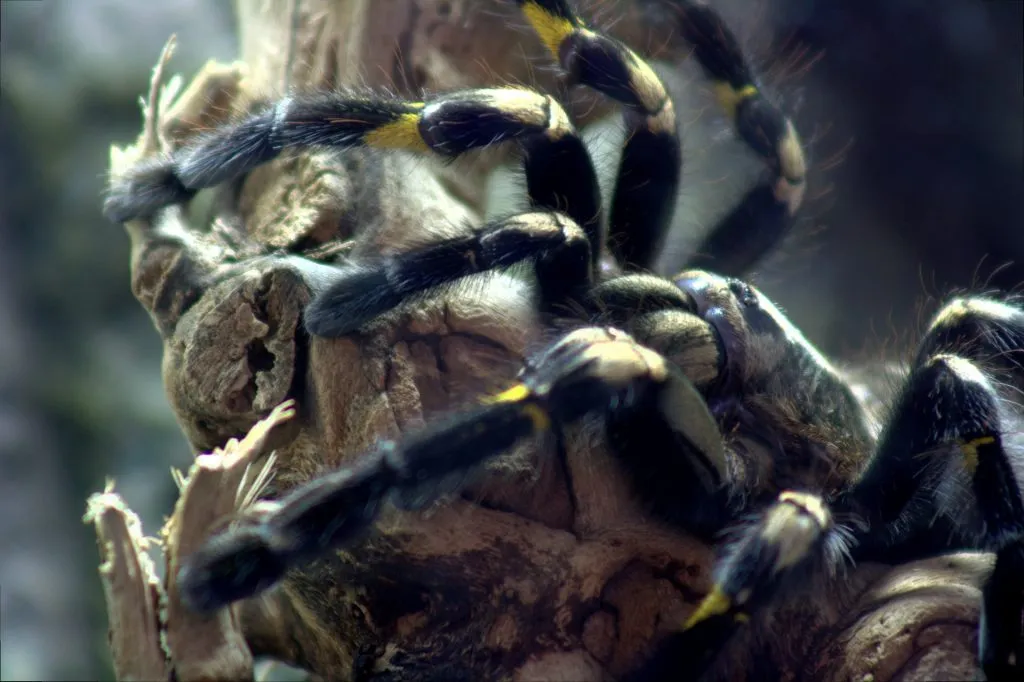
After mating, providing proper care for the female is essential to ensure the development of healthy eggs and a successful egg sac. The female will require extra care and attention in the weeks and months following mating. Proper nutrition and a stress-free environment are crucial during this period. Maintaining optimal conditions and minimizing disturbances will increase the chances of a successful breeding outcome. Monitoring her behavior and physical condition will allow you to respond proactively to any issues.
Caring for the Female
Continue to feed the female regularly with a varied diet of appropriately sized insects, such as crickets, roaches, or mealworms. Ensure the female has access to fresh water at all times. Provide a secure and stress-free environment. Avoid any unnecessary disturbances or changes to the enclosure. Observe her behavior for signs of egg sac production, such as increased activity and web-spinning. It is also important to avoid introducing any new elements to the enclosure, such as new decorations, as this could be perceived as a threat. Keeping her enclosure clean will help in her well-being.
Preparing for Egg Sacs
As the female prepares to lay eggs, she will typically become more reclusive and begin to construct a web. Provide her with ample substrate and a secure place to build her egg sac. The egg sac will typically appear as a ball of eggs enclosed in silk. The female will guard the egg sac and turn it regularly to ensure even incubation. It’s critical to provide a stable environment with constant temperature and humidity. Once the egg sac is created, handle the female as little as possible to avoid stressing her. Any undue stress can lead to the female abandoning the egg sac.
Incubation and Spiderling Care
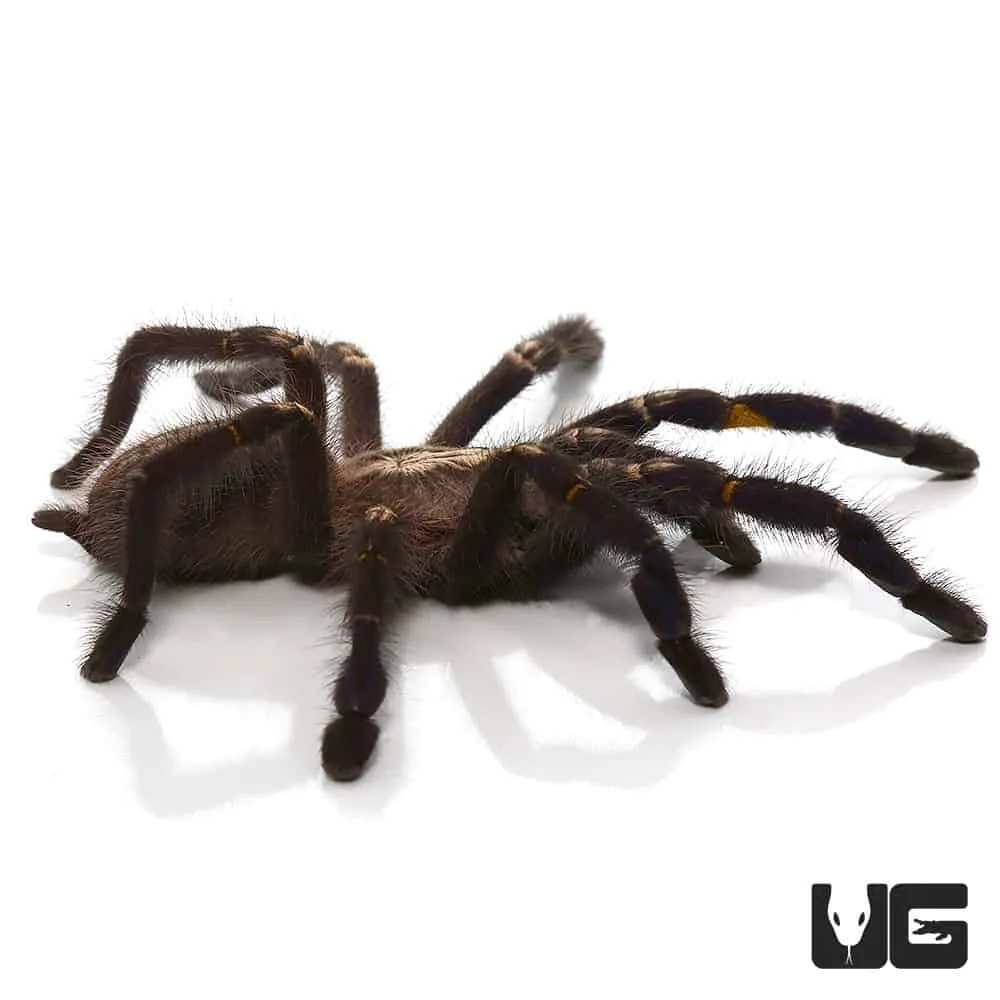
The incubation and spiderling care phases are critical for the survival and health of the next generation of Gooty Sapphires. Monitoring the egg sac and providing appropriate care for the spiderlings will greatly increase the chances of success. Patience and attention to detail are important. Be prepared to separate the spiderlings and provide them with their individual enclosures. This is the most intensive phase in the breeding process. Record-keeping of this stage is essential to monitor and track development.
Managing the Egg Sac
The female will typically guard the egg sac for several weeks. You can leave the egg sac with the female, or you can remove it for artificial incubation. If you choose to incubate it artificially, maintain the same temperature and humidity levels as the female’s enclosure. The incubation period typically lasts for several weeks to months. Once the spiderlings emerge, they will stay together for a short period before molting. At this point, they should be separated into individual enclosures to prevent cannibalism.
Caring for the Spiderlings
Provide the spiderlings with small, individual enclosures, such as deli cups with ventilation holes. Offer them appropriately sized prey items, such as flightless fruit flies or pinhead crickets. Ensure they have access to a small dish of fresh water. Maintain the same temperature and humidity levels as the adult enclosure. Monitor the spiderlings closely for molting and growth. The spiderlings will molt several times as they grow. Proper care at this stage will determine their health and survival rate. Regular feeding and a clean environment are essential for their development. Clean their enclosures regularly to prevent the buildup of waste.
Top 5 Breeding Secrets for Gooty Sapphires
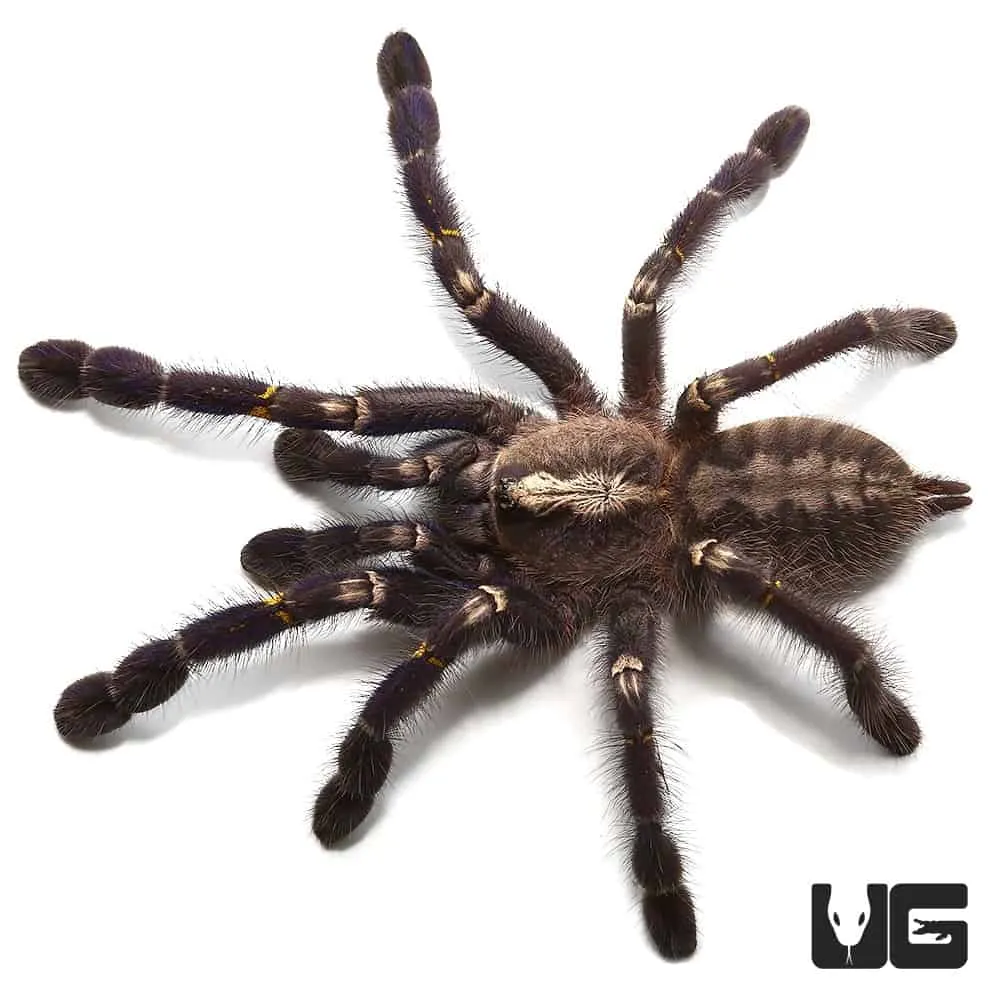
Here are five key secrets to breeding Gooty Sapphires successfully
- Maintain Stable Environmental Conditions Consistency is key. Fluctuations in temperature or humidity can disrupt the breeding process. Use reliable monitoring equipment and make adjustments as necessary.
- Select Healthy, Mature Tarantulas Ensure both the male and female are of the correct age and health. This will maximize the chances of successful mating and the production of viable offspring.
- Provide a Stimulating Environment Mimic their natural habitat with proper enclosure setup. Provide vertical climbing space, hiding places, and a varied substrate to encourage natural behaviors.
- Patience and Observation Breeding takes time and requires careful observation. Monitor the tarantulas’ behaviors closely, and be prepared to intervene if needed. Keep detailed records.
- Proper Nutrition and Hydration Ensure the female is well-fed before and after mating. Provide a balanced diet and a constant supply of fresh water to support her health and the development of the egg sac and offspring.
